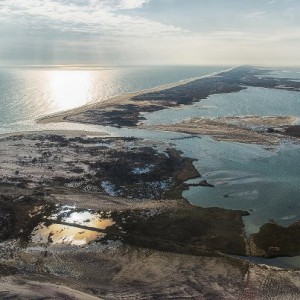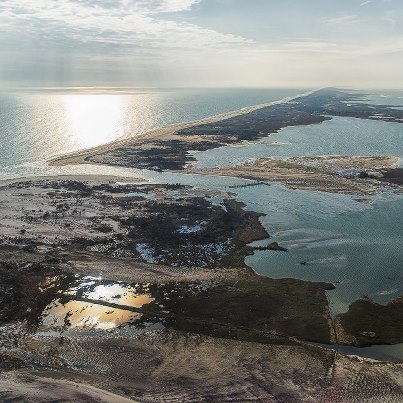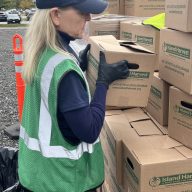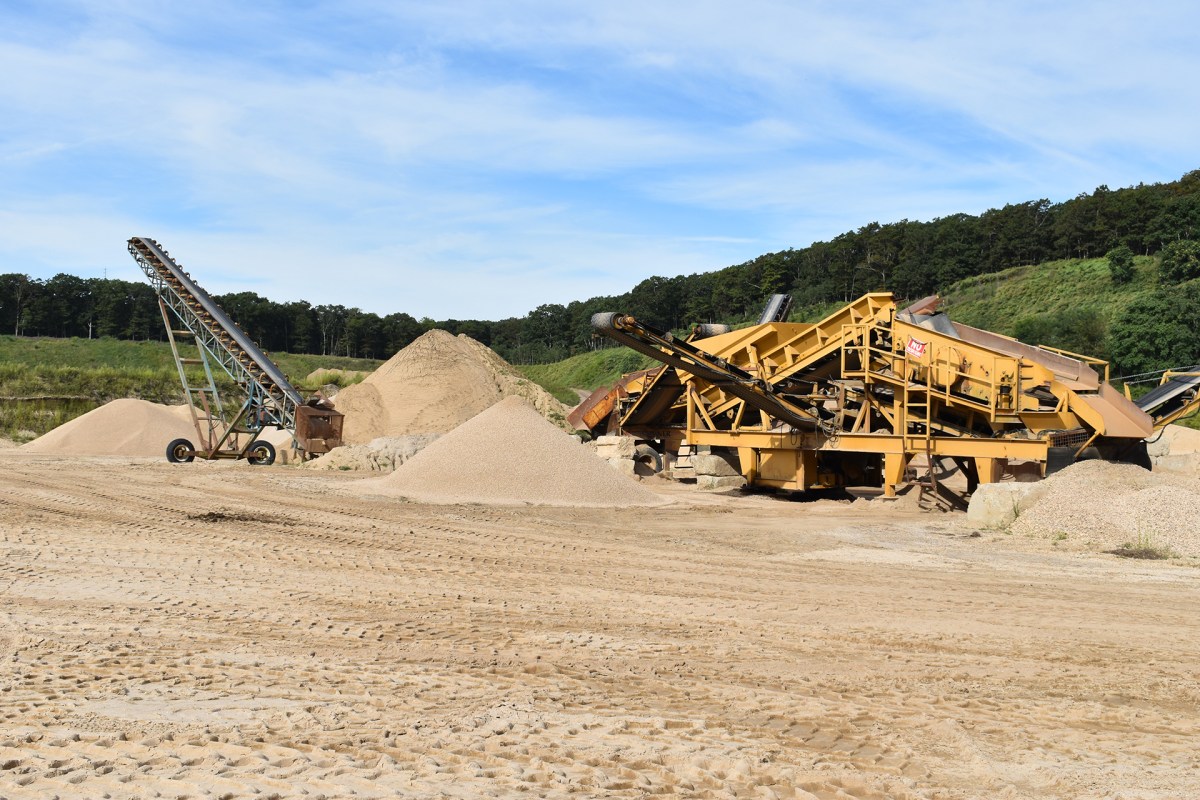
Suffolk County officials renewed calls Wednesday for New York State and federal agencies to close a breach on Fire Island formed during Sandy amid debate over whether it’s caused flooding on the South Shore.
The posturing follows a weekend in which extremely high tides flooded coastal Long Island communities closest to the Great South Bay as well as neighborhoods on Fire Island itself—a problem that has been on the rise since the October superstorm. But environmentalists contend that the breach has helped improve water quality in the bay.
“There are people here today who will say this breach isn’t the cause of the flooding; there are others who will say it is—I’m not concerned with that debate,” Suffolk County Executive Steve Bellone said at Shorefront Park in Patchogue. “We want that breach to be closed now.”
The breach, in a remote area of the barrier island known as Old Inlet, widened from 108 feet on Nov. 3 to 1,171 feet on Feb. 28 on the southern side facing the Atlantic Ocean, according to Fire Island National Seashore (FINS) data. The north side facing the bay widened to 616 feet from 276 feet during the same time period.
A spokesman for the U.S. Army Corp of Engineers said the agency is waiting for the New York State Department of Environmental Conservation (DEC) to send an official request for the breach to be closed before a company can be hired to fill the breach. Even if the OK were given tomorrow, it could take weeks or longer to dispatch the dredging equipment required.
“If the state is in agreement and wants to move forward…we would issue the necessary permits,” said FINS Superintendent Chris Soller, who initially took a wait-and-see approach in case the breach closed naturally. “It’s got to be a three-way agreement.”
Emily DeSantis, a spokeswoman for the DEC, said in a statement that the agency “is consulting with coastal experts about the breach to help to determine the best course of action based on science.”
A Breach Contingency Plan developed in the 1990s was first put to use after Sandy to close two other breaches on either side of Moriches Inlet—one at Cupsogue County Park in Westhampton Beach, the other at Smith Point County Park on Fire Island. But the third breach falls within the Otis Pike High Dune Wilderness Area, the only federal wilderness area in the state, where breaches are given time to close on their own before action is taken under the contingency plan.
Both the DEC and FINS said that there is no definitive link between the four-month-old breach and the increased flooding along Suffolk’s bay front from Brookhaven to Babylon towns.
Adrienne Esposito, executive director of Farmingdale-based Citizens Campaign for the Environment, has credited the breach with cleaning the polluted Great South Bay, which was designated by the state in 2010 as an impaired waterway. The bays shell-fisheries were once nationally renowned before brown tides in the 1980s wiped out most oyster and clam beds.
“While Mother Nature dealt a severe blow to our environment during Superstorm Sandy, she has also provided a precious opportunity to reverse years of declining water quality in the bay,” Esposito said in January. “New York must not squander this opportunity to help restore the bay and rebuild the local economy.”



































